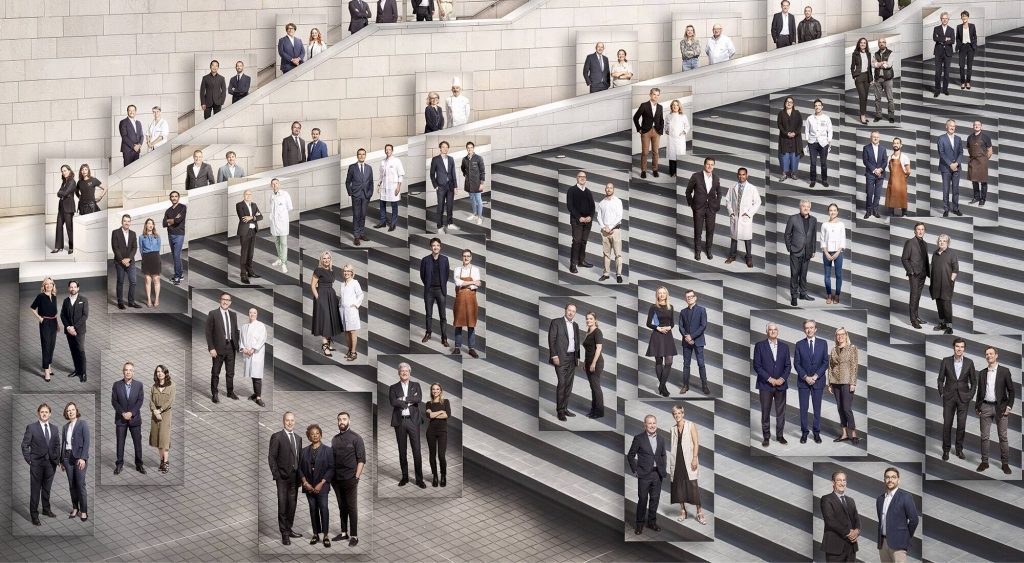17-year old Kyle Giersdorf – or Bugha to give him his game name – is $3 million richer after winning the 2019 Fortnite world cup. The Pennsylvania-Based high school student took home the largest-ever payout for a single player in an esports tournament. Meanwhile, British teenager Jaden Ashman shared $2.25 million with his teammate as the runners-up in the doubles competition. These wins reflect the growing popularity of the game and the power of the esports market, which is only growing in terms of popularity among fans and attractiveness among sponsors and even investors.
The Fortnite finals, which took place over a three day period in July 2019, followed from ten weeks of intense competition involving more than 40 million competitors across the globe, all vying for some of the total prize pot. For 2019, that value of that pot surpassed $30 million. Every match from the tournament was broadcast live on Fortnite’s Twitch and YouTube channels, as well as in the game itself, while the final tournament saw more than 20,000 people pack into the Arthur Ashe Stadium at Flushing Meadows, New York’s largest tennis arena. The highly-anticipated event was completely sold out.
The fanfare surrounding July’s event is arguably unsurprising given that Fortnite Battle Royale, the companion game to Fortnite: Save the World, is emerging as one of the most popular computer games in the world, with an estimated 250 million players spread across the globe. Essentially, it is a First-Person Shooter game, where players fight to survive in a battle against other human players. However, unlike some other games in this genre, such as PUBG or Counter-Strike, Fortnite’s graphics are cartoonish; they do not appear violent, lacking an excessive amount of blood, bullets or bombs, making it so that parents of teenage players are less likely to object to the content.
The game, which was first released in July 2017, is rising to prominence as part of a larger – and increasingly lucrative – market. Out of 7.6 billion people on the planet, there are approximately 2.2 billion gamers. This includes social gaming, mobile gaming, as well as free-to-play and pay-to-play multiplayer gaming. Of these players, there are about 380 million esports viewer fans – 165 million of them regular viewers and 215 million occasional viewers.
As for Epic Games, the Cary, North Carolina-headquartered developer and publisher of Fortnite, it attracts players by making the game itself free to play. Revenues are generated by way of “V-Bucks,” which Epic Games sells to the players for $9.99 per 1,000, thereby, enabling players tosplash out on a variety of in-game customization and enhancements for their characters. No small business, research firm Superdata estimates that Epic Games netted $1.2 billion in revenue between Fortnite’s public debut in July 2017 and May 2018, with revenues on the rise since then.
The Esports Holy Grail
So, what exactly are esports? This burgeoning genre of video game-centric sports is defined as competitive tournaments involving electronic games. Players compete in leagues, and professionals play for an audience on a live-streaming service in exchange for payment, which can reach millions of dollars for the most successful players, such as the teenaged Mr. Giersdorf. To put this segment of the market into perspective, Forbes reported in May 2018 that the “average starting North America League of Legends Championship Series player salary is now over $320,000.” Over 70 percent of those players are performing on multi-year contracts. Around the same time, Business Insider revealed that top teams – such as Evil Geniuses, a team affiliated with the American esports organization of the same name, which is owned by PEAK6 Investments LLC, a Chicago-based investment company – were earning more than $10 million a year in revenue.
The holy grail of the genre – the Fortnite world cup – had a total prize pool of $33 million, with players who ranked as lowly as 65-108 even taking home as much as $50,000 for their efforts.
When it comes to training for such a competition, you could be forgiven for thinking that esports players are not like traditional athletes. Yet, as the growth in prize money means the potential rewards for success grow ever larger, a new generation of esports professionals are being born, complete with coaches from other sports and team-building budgets – no shortage of which are coming from notable investors – that have grown into the millions.
What’s Next?
Esports, a market that is on track to surpass $1.5 billion by 2023, looks like it to be here to stay, particularly given the huge and rapid growth of at play – and the massive revenues this promises for investors, developers, and players, alike, as well as the opportunities it is serving up for brands. As Nicole Pike, the Global Managing Director for Nielsen Esports, revealed last year, “Globally, the esports audience continues to broaden,” and with it, “the esports sponsorship market is growing when it comes to the number of individual brands involved.” These range from obvious partners like Redbull and cable and internet providers to luxury brands like Louis Vuitton, which are readily dipping their feet into events like the League of Legends World Championship; the Paris-based brand partnered with Riot Games to create “unique champion skins” for the game and a trophy case for the 2019 final. It is also seeing growth in non-endemic support from consumer brands across industries such as insurance, automobiles, and telecommunications.”
“While the ‘real’ sports world is still far bigger than the competitive esports community,” according to Andy Miah, the Chair of Science Communication and Future Media at the University of Salford, “esports is showing supporters” – whether that be fans or brands – “a new kind of future, one where experiences make the most of fans’ desire for interactivity within their leisure experiences.” As for Nielsen, it expects “a wider variety of sponsors to continue to test the esports space,” as “new fans, leagues and sponsors all point to more opportunity—and to be sure, more change.”
Federico Winer is a PhD researcher at Loughborough University. (Edits courtesy of TFL)











